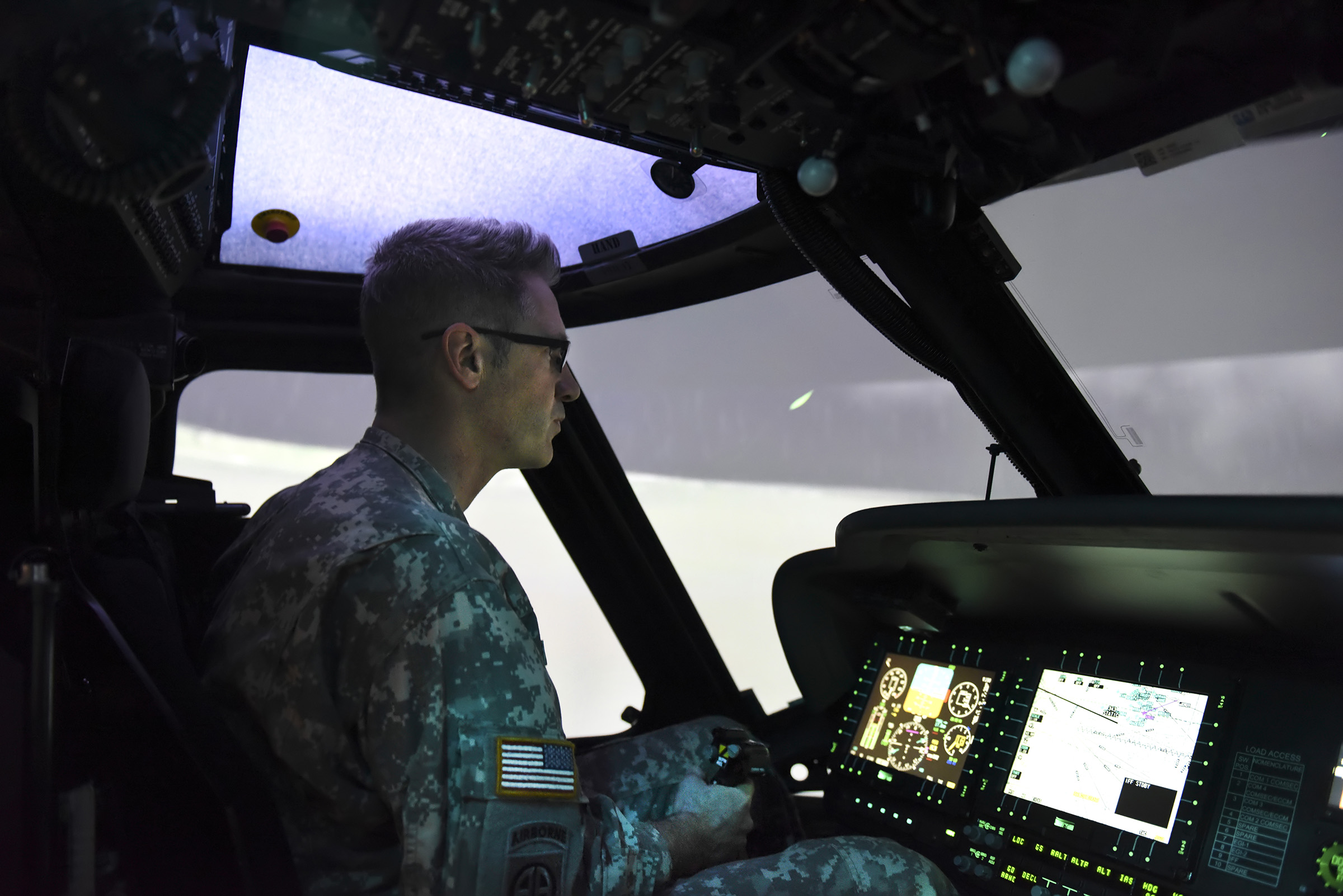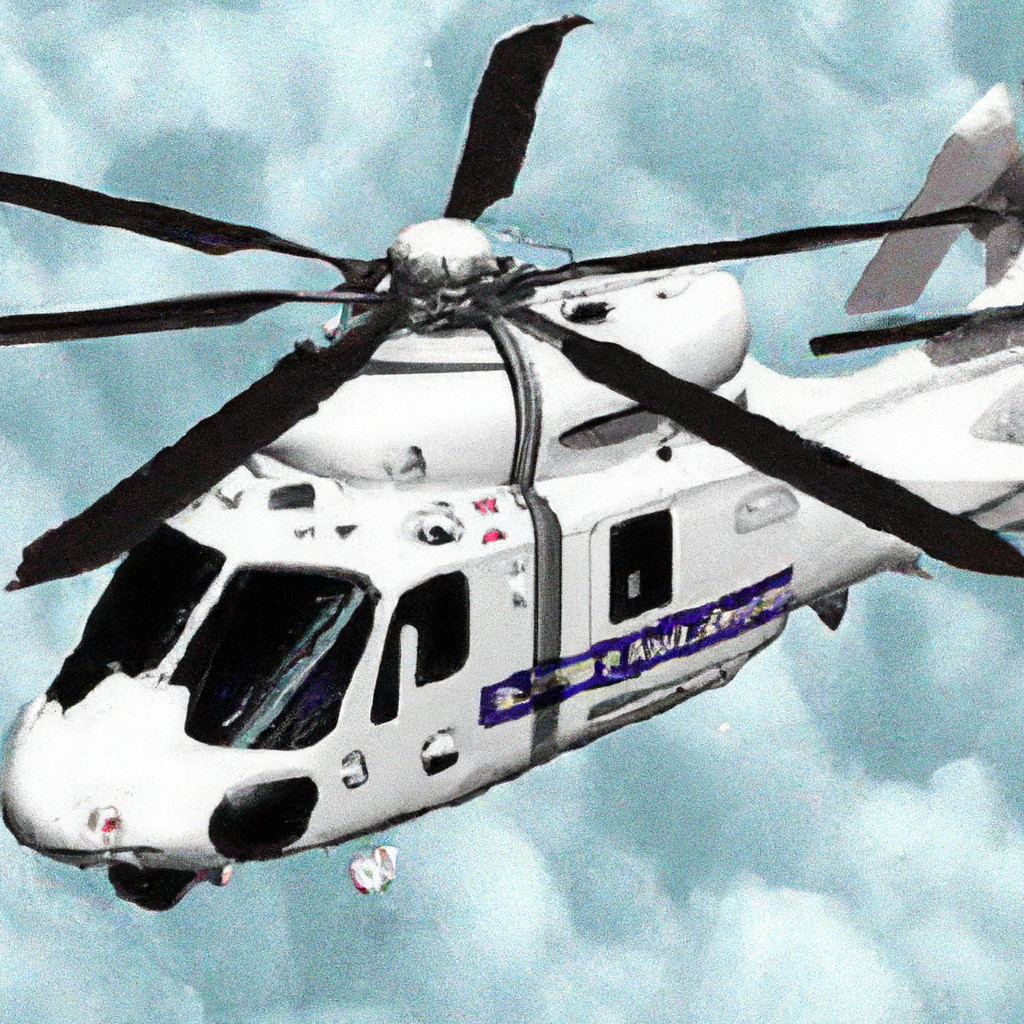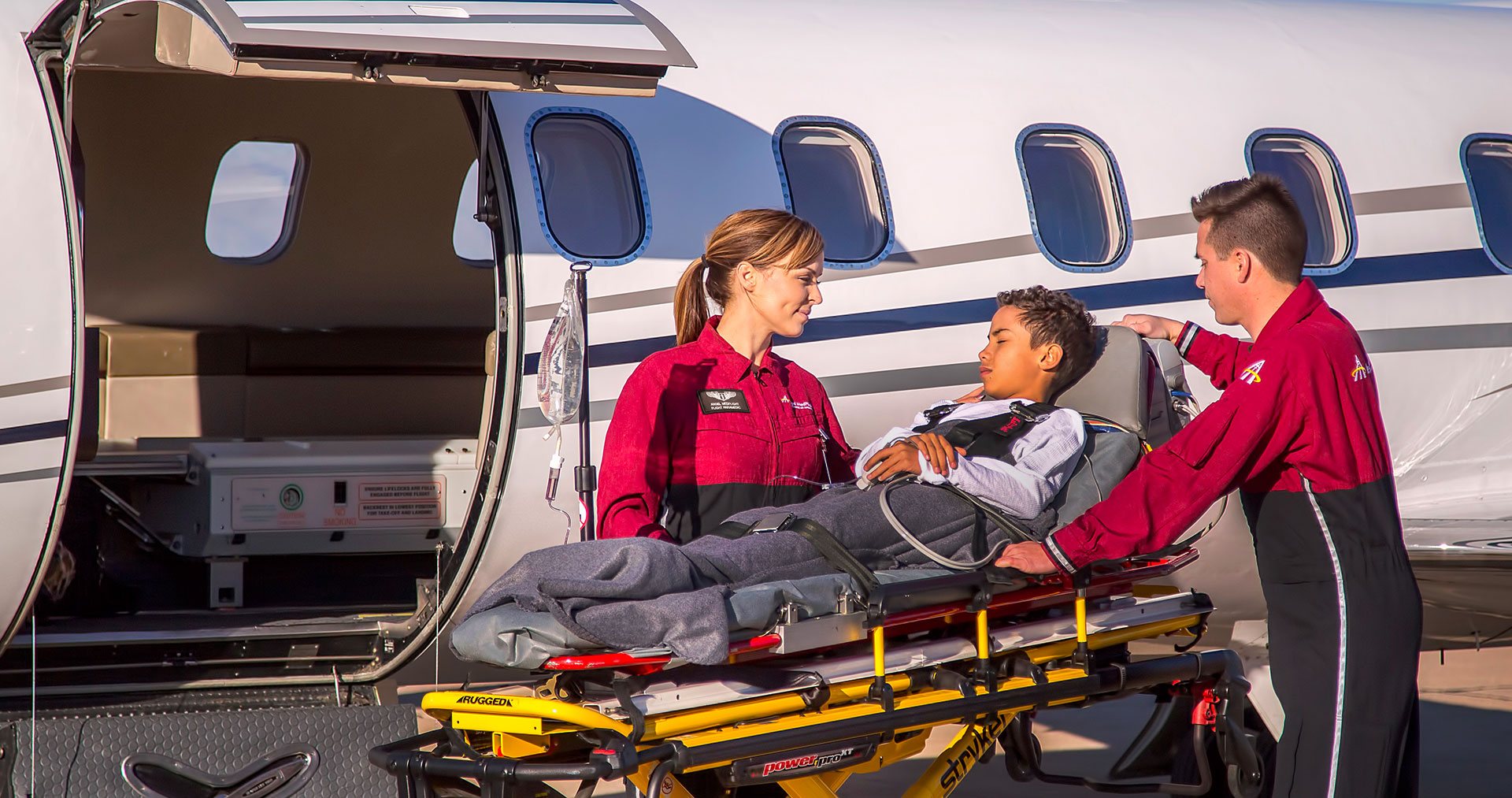Have you ever wondered what it takes to become an air ambulance paramedic or nurse? The training path for these critical healthcare professionals is rigorous and demanding, ensuring that they are equipped with the necessary skills and knowledge to provide the highest level of care in high-pressure situations. From extensive medical training to specialized aviation and rescue courses, the journey to becoming an air ambulance paramedic or nurse is a challenging yet rewarding one. In this article, we will dive into the training path for these crucial healthcare providers, shedding light on the various steps and qualifications they must attain to excel in their life-saving roles. So, let’s strap ourselves in and explore the fascinating world of air ambulance paramedics and nurses.
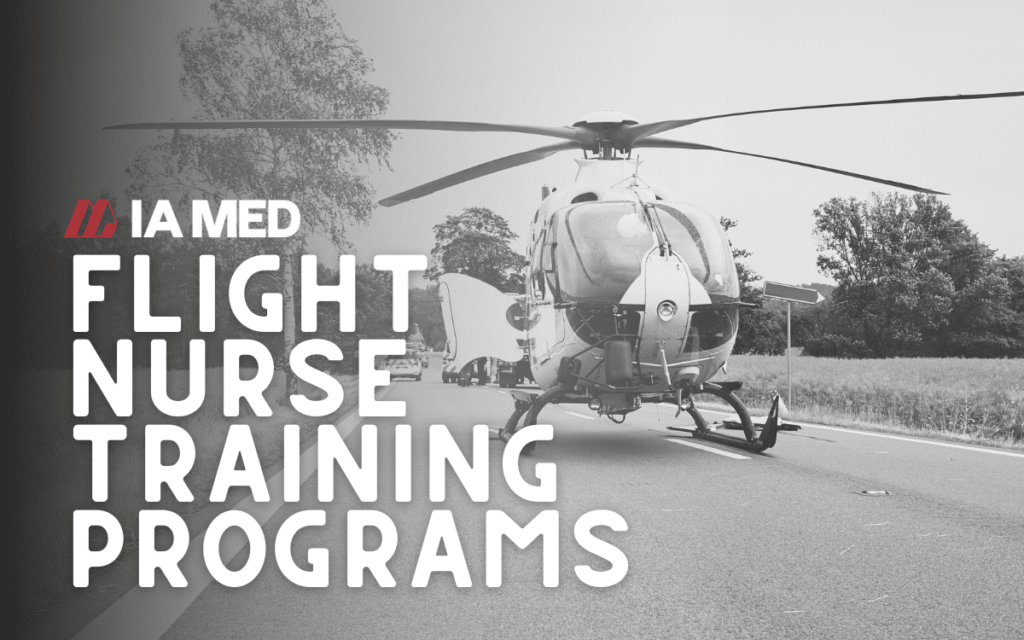
Training and Education Overview
When it comes to providing critical care during air ambulance services, the role of paramedics and nurses cannot be underestimated. The training and education for these professionals are of utmost importance to ensure that they can handle any medical emergency that may arise while in the air. In this article, we will delve into the comprehensive training path for air ambulance paramedics and nurses, covering everything from basic requirements to specialty certifications and advanced courses.
Importance of Training for Air Ambulance Paramedics and Nurses
Air ambulance paramedics and nurses play a crucial role in saving lives during medical evacuations. They are often the first medical professionals to arrive at the scene of emergencies, where they provide immediate care to patients in critical condition. The specialized nature of air ambulance services demands a high level of expertise and training. Proper training ensures that these healthcare professionals are equipped with the knowledge and skills necessary to respond effectively and efficiently in life-threatening situations.

Basic Requirements for Air Ambulance Paramedics and Nurses
To embark on the training path of becoming an air ambulance paramedic or nurse, there are some basic requirements that aspiring individuals must meet. In terms of education, a high school diploma or equivalent is typically the minimum requirement. Additionally, completion of a certified paramedic or nursing program is essential. These programs provide a solid foundation in medical theory, anatomy, physiology, and pharmacology.
Certification and License Requirements
In addition to the basic educational requirements, air ambulance paramedics and nurses must also obtain certifications and licenses to practice in their respective fields. Certification requirements may vary depending on the country and state, but they generally involve passing a comprehensive exam that assesses the individual’s knowledge and skills. Some common certifications for air ambulance paramedics include the National Registry of Emergency Medical Technicians (NREMT) certification and the Certified Flight Paramedic (FP-C) designation.
For nurses, obtaining a Registered Nurse (RN) license is typically required before pursuing specialized training for air ambulance services. This involves passing the National Council Licensure Examination for Registered Nurses (NCLEX-RN). Additionally, some air ambulance companies may prefer or require nurses to obtain additional certifications such as Advanced Cardiac Life Support (ACLS), Pediatric Advanced Life Support (PALS), and Neonatal Resuscitation Program (NRP) certification.

Medical Education and Background
General Medical Education
General medical education forms the foundation of training for air ambulance paramedics and nurses. It provides a broad understanding of medical concepts and principles that are applicable across various healthcare settings. This education typically includes coursework in anatomy, physiology, medical terminology, pharmacology, and patient assessment.
Specialized Training Programs
Once the general medical education is complete, aspiring air ambulance paramedics and nurses can enroll in specialized training programs. These programs focus on the specific skills and knowledge required to provide medical care in the unique and challenging environment of air ambulance services. They cover topics such as trauma management, critical care, flight physiology, and aeromedical considerations.
Hands-on Experience
While classroom education is essential, it is hands-on experience that truly solidifies the skills of air ambulance paramedics and nurses. Many training programs include clinical rotations and internships, where individuals have the opportunity to work alongside experienced healthcare professionals in real-world healthcare settings. This practical experience allows them to apply their knowledge and skills in a supervised environment, preparing them for the challenges they will face in the field.
Specific Training for Air Ambulance Services
Introduction to Aviation Safety
As air ambulance paramedics and nurses, it is crucial to have a solid understanding of aviation safety. This includes learning about aircraft safety features, emergency procedures, and proper use of safety equipment. Training in aviation safety ensures that these healthcare professionals are aware of potential risks and are prepared to respond in emergency situations.
Air Medical Crew Course
To meet the specialized needs of air ambulance services, paramedics and nurses must undergo an air medical crew course. This course covers topics such as patient assessment and stabilization in a pre-hospital environment, aircraft safety protocols, communication procedures within the air medical team, and coordination with ground-based emergency services. The course ensures that paramedics and nurses are equipped with the skills and knowledge necessary to function effectively as part of an air medical team.
Trauma and Critical Care Training
Trauma and critical care training is a crucial component of the training path for air ambulance paramedics and nurses. It focuses on the management of traumatic injuries, severe medical conditions, and life-threatening emergencies. This training includes techniques for airway management, rapid assessment and treatment of injuries, and the use of advanced medical equipment for monitoring and stabilization.
Flight Physiology and Aeromedical Considerations
The unique environment of air ambulance services requires a thorough understanding of flight physiology and aeromedical considerations. Paramedics and nurses must learn about the physiological effects of altitude, changes in cabin pressure, and the impact of flight on patients with various medical conditions. This knowledge allows them to anticipate and manage potential medical issues that may arise during transport.

Technical Skills Development
Management of Medical Equipment
Air ambulance services rely on sophisticated medical equipment to provide critical care during transport. Paramedics and nurses must be trained in the management and operation of this equipment, including ventilators, cardiac monitors, defibrillators, and infusion pumps. They must demonstrate proficiency in setting up and troubleshooting equipment, ensuring its proper functionality throughout transportation.
Intravenous (IV) Therapy
Intravenous therapy is a common procedure performed by air ambulance paramedics and nurses. It involves the administration of fluids, medications, and blood products directly into the patient’s bloodstream. Paramedics and nurses must be skilled in IV access techniques, ensuring timely and accurate administration of fluids and medications even in challenging environments.
Airway Management
Maintaining a patent airway is a critical aspect of air ambulance care. Paramedics and nurses must be proficient in a variety of airway management techniques, including intubation, use of supraglottic airway devices, and suctioning. They must be able to quickly assess and secure the patient’s airway, ensuring adequate oxygenation and ventilation throughout the transport.
Cardiac Monitoring and Defibrillation
Cardiac monitoring is essential to identify and manage cardiac arrhythmias during air ambulance transport. Paramedics and nurses must be adept at interpreting cardiac rhythms and identifying life-threatening conditions. They should also be trained in defibrillation techniques to deliver electrical shocks when necessary to restore normal cardiac rhythm.
Wound Care and Dressing Techniques
Proper wound care is crucial in preventing infections and promoting healing during air ambulance transport. Paramedics and nurses must be proficient in assessing and managing various types of wounds, including traumatic injuries and surgical incisions. They should be skilled in aseptic techniques and knowledgeable about different types of dressings to ensure proper wound care throughout the transport.
Communication and Teamwork
Effective Communication in High-Stress Environments
In the high-stress environment of air ambulance services, effective communication is paramount. Paramedics and nurses must be trained in clear and concise communication techniques, ensuring that critical information is accurately transmitted to other team members. This includes communication with the pilot, crew members, and receiving medical facilities.
Coordination with Pilot and Crew Members
Air ambulance paramedics and nurses work closely with pilots and other crew members to ensure safe and efficient operations. They must understand the roles and responsibilities of each team member, fostering effective coordination and teamwork. This includes familiarizing themselves with aviation terminology, understanding the limitations and capabilities of the aircraft, and cultivating a collaborative working relationship with the entire air medical team.
Interagency Cooperation and Communication
During air ambulance services, paramedics and nurses often interact with multiple agencies and healthcare providers. They must be skilled in interagency cooperation and communication, working seamlessly with ground-based emergency services, medical facilities, and other healthcare professionals involved in patient care. This collaboration ensures a smooth transition of care and optimal outcomes for patients.
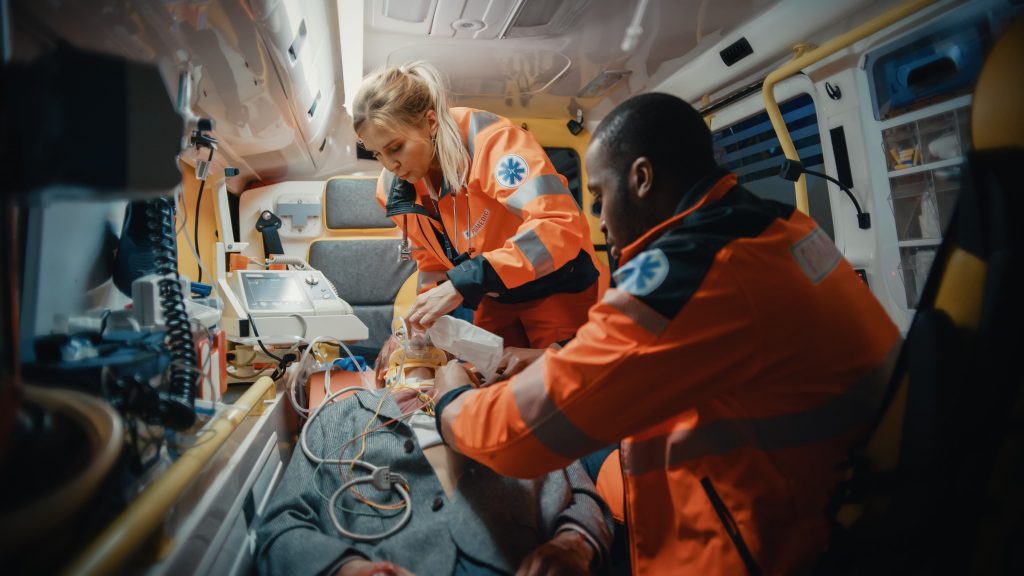
Navigation and Aviation
Aircraft Familiarization
To ensure the safety and efficiency of air ambulance operations, paramedics and nurses must undergo aircraft familiarization training. This involves becoming acquainted with the layout and features of the specific aircraft used for transport. They must know the location and operation of emergency equipment, medical supply storage, and patient restraint systems. This familiarity allows them to function effectively within the aircraft during emergencies.
Aeromedical Evacuation Procedures
Aeromedical evacuation procedures are essential knowledge for air ambulance paramedics and nurses. They must be well-versed in the processes and protocols involved in safely transporting patients in aircraft, including pre-flight planning, patient loading and unloading, securing equipment and supplies, and following evacuation checklists. The ability to navigate these procedures ensures the smooth and efficient transport of patients.
Navigation and Map Reading
While air ambulance paramedics and nurses rely on pilots for navigation, having a basic understanding of navigation and map reading is beneficial. This knowledge allows them to follow the flight plan, anticipate potential hazards or weather conditions, and assist the pilot when needed. Understanding map symbols and coordinates can be particularly useful during aerial search and rescue operations.
Emergency Procedures and Safety Briefings
Air ambulance paramedics and nurses must undergo training in emergency procedures and safety briefings specific to air ambulance operations. This includes learning how to respond to in-flight emergencies such as rapid decompression, engine failure, or medical emergencies involving the patient. Safety briefings prepare them to handle emergency situations with calmness and effectiveness, ensuring the safety of all onboard.
Continuing Education and Professional Development
Importance of Continuing Education
Continuing education is crucial for air ambulance paramedics and nurses to stay updated with the latest advancements in medical practices and technologies. It helps them refine their skills, expand their knowledge base, and adapt to changing healthcare landscapes. Continuous learning ensures that they provide the highest level of care to patients and maintain competency in their roles.
Specialty Certifications and Advanced Courses
To further enhance their expertise and specialization, air ambulance paramedics and nurses can pursue additional certifications and advanced courses. These certifications, such as the Certified Flight Paramedic (FP-C) and Certified Transport Registered Nurse (CTRN), validate their advanced knowledge and skills related to air ambulance services. Advanced courses may cover topics such as neonatal and pediatric transport, critical care transport, or specialized trauma care.
Participation in Conferences and Workshops
Attending conferences and workshops is an excellent way for air ambulance paramedics and nurses to gain exposure to the latest research, technologies, and best practices in their field. These events provide opportunities to engage with experts, network with peers, and learn from real-world case studies. By participating in these educational forums, professionals can enhance their knowledge and skills, ultimately benefiting their patients.
Membership in Professional Organizations
Joining professional organizations, such as the Association of Air Medical Services (AAMS) or the International Association of Flight and Critical Care Paramedics (IAFCCP), offers numerous benefits for air ambulance paramedics and nurses. Membership provides access to resources, publications, and networking opportunities. It allows professionals to stay connected with the larger air ambulance community, fostering collaboration and promoting excellence in patient care.
Mental and Emotional Preparedness
Stress Management and Emotional Resilience
Air ambulance services often involve high-stress situations that can take a toll on the mental and emotional well-being of paramedics and nurses. Training in stress management techniques and emotional resilience is crucial to help them cope with the challenges they may encounter. This may include mindfulness practices, relaxation techniques, and debriefing sessions to process difficult experiences.
Safety Measures for Self and Patients
Ensuring the safety of both themselves and their patients is a top priority for air ambulance paramedics and nurses. They receive training in safety measures such as the use of personal protective equipment, infection control practices, and proper handling of hazardous materials. This minimizes the risk of exposure to harmful substances and helps maintain a safe environment for all.
Psychological Support for Patients and Families
Air ambulance transport can be a frightening experience for patients and their families. Paramedics and nurses receive training in providing psychological support to help alleviate anxiety and fear during the transport. This includes effective communication techniques, active listening skills, and empathy. By offering emotional support, these healthcare professionals help patients and their loved ones feel more at ease during what can be a challenging time.
Physical Fitness and Health Requirements
Physical Stamina and Endurance
Air ambulance paramedics and nurses must possess physical stamina and endurance to perform their duties effectively. The demanding nature of their work often involves prolonged periods of standing, lifting heavy equipment and patients, and maintaining focus in high-pressure situations. Regular exercise, proper nutrition, and maintaining an active lifestyle are essential for maintaining physical fitness.
Health Assessments and Immunizations
To ensure the safety of both the healthcare professionals and their patients, regular health assessments and immunizations are necessary. Air ambulance paramedics and nurses must undergo periodic health screenings to assess their fitness for duty, including physical examinations, vaccinations, and screening for contagious diseases. This helps minimize the risk of transmitting infections and ensures the well-being of all involved.
Infection Control and Prevention
Air ambulance paramedics and nurses receive training in infection control and prevention measures to reduce the risk of transmitting infections during transport. They learn about proper hand hygiene techniques, the appropriate use of personal protective equipment, and the disinfection and sterilization of medical equipment. These practices are crucial to maintain a safe and sterile environment for the patient.
Proper Lifting and Transfer Techniques
The lifting and transferring of patients is a physically demanding aspect of air ambulance care. Paramedics and nurses must be trained in proper body mechanics and lifting techniques to protect themselves and the patient from injury. They learn how to use assistive devices and teamwork to safely move patients, ensuring minimal strain on their own bodies and providing comfort and stability for the patient.
Conclusion
The training path for air ambulance paramedics and nurses encompasses a wide range of knowledge and skills. From basic medical education to specialized training programs and hands-on experience, these healthcare professionals undergo rigorous training to ensure they are well-equipped to handle the unique challenges of air ambulance services. Technical skills development, effective communication, navigation and aviation training, and continuing education all contribute to their ability to provide exceptional critical care. Mental and emotional preparedness, physical fitness, and adherence to safety measures are essential aspects of their professional journey. Through their dedication to continuous learning and professional development, air ambulance paramedics and nurses strive to deliver the highest standard of care for patients in their most vulnerable moments.

